Winter at Cassidy Hill Vineyards
Winter time in the vineyard is very important. What happens at the beginning of the year sets the tone for the vintage to come. Cassidy Hill Vineyards in Coventry, CT was kind enough to send us some photos of what is going on in their vineyard this winter. As you can see there is a lot of snow but once the snow melts they will get back to pruning. It looks like it’s their vineyard dog’s favorite activity, don’t you think? 🙂 Notice the close up pictures of the vines. There is an example of a non-pruned vine and what the vine looks like after they went through and pruned.
Pruning can be a very tedious task. The grapes are only harvested off of 2nd year wood. Therefore, off of each spur you prune down to one cane. Off of each cane you prune down to two buds and each bud will grow into a new cane. Each cane will then have 2 clusters. It sounds simple enough but many vineyard managers will tell you it can be difficult and time consuming. The next time you drive by your local vineyard take a look at what stage of life the grapes are in. Are they dormant? Have the vines been pruned? Do you see bud break? Just because it isn’t harvest, doesn’t mean there isn’t work to be done in the vineyard.
Bring on the Bordeaux! – A Home Wine Making Experience (6)
And we are ready to go! First, we need to sanitize the press. We don’t want any gross microbes to get into our fabulous wine. Second, we shrink wrap the press to make sure the juice doesn’t squirt out at us. Third, we transfer the must into the press and let the press do it’s thing. Finally, we transfer the juice from the press to the stainless steel tank where we will be aging the wine until we decide to barrel age or add more oak additives.
You can see all the tubes attached to the press above. This is because we decided to use a bladder press. Bladder press’s are easy to use and don’t press the must too much. If you press too hard you run the risk of breaking the seeds and releasing astringent flavors. The bladder press has a happy medium of extracting optimal juice while maintaining the quality of the juice.


And now we wait… Thanks again for stopping by. Next time we will rack our wine. Stay tuned!
Side Note: Don’t Press in November, It’s Cold!!!!
Winter in the Vineyard
This gallery contains 3 photos.
Right now the vines are dormat and enjoying a little sleep. If you drive through the vineyard areas you will see different types of grass and flowers growing in between the rows. These plants are not randomly growing in the rows. They were planted there for a reason (and no it’s not just because they look pretty). These plants are called cover crops.
Cover crops help protect and enrich the soil in a variety of ways. They help regulate vine growth, protect soil from erosion, improve soil fertility, draw away the abundant moisture, help with air quality, and introduce beneficial insects to the soil and vine.
The photos you see above are from Lanza-Musto Vineyards. At Lanza-Musto Vineyards we planted three peas, crimson clover, mustard, and oat throughout the rows. These are all full of nitrogen and other nutrients. Some rows have more crops planted than others. For example, the younger vines have the three peas mix because the younger vines need more nutrients. Where as an older vineyard might have a mustard mix.It is important to remember that vineyard maintenance does not start and end at harvest time. There are many things that need to be done in the vineyard throughout the year to ensure the vines produce quality fruit.






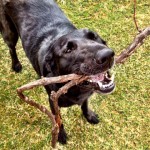
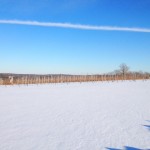
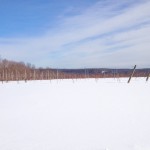


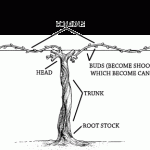







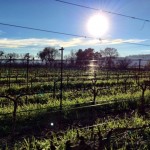
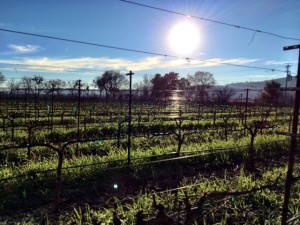


Recent Comments